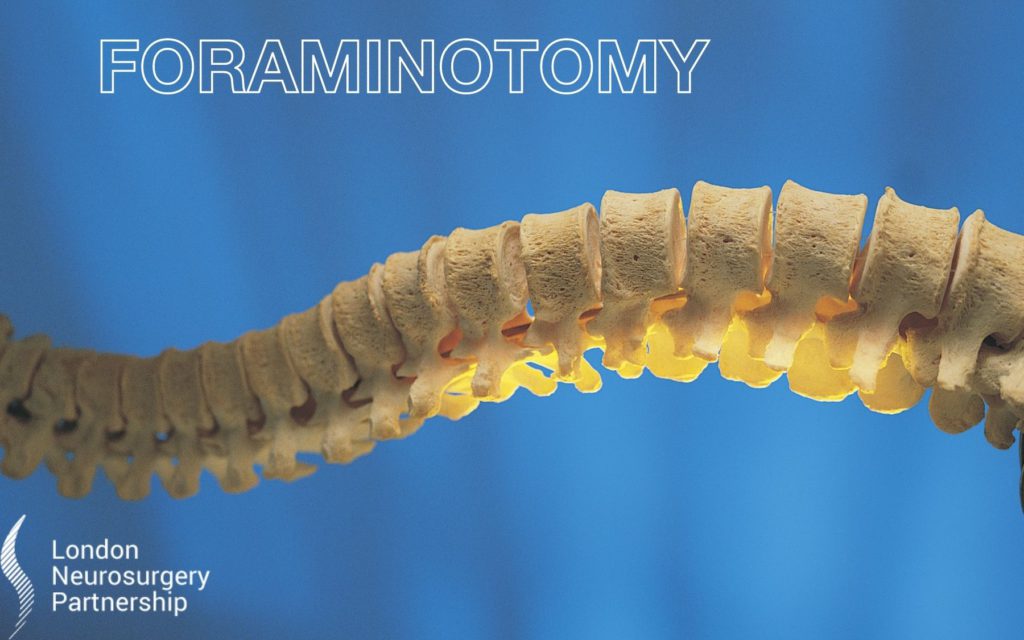
A foraminotomy is a type of decompression surgery for trapped nerves. The operation involves removing a small piece of bone from around the nerves (the neuroforamen) to enlarge the passageway where a spinal nerve root exits the spinal canal. The term foraminotomy is derived from the medical term for a hollow passageway—foramen. The latter half of the term foraminotomy—otomy—means to open.
The neuroforamen are passageways that are naturally formed on both sides of the upper and lower vertebra. In between each upper and lower vertebra is an intervertebral disc. The height of the disc separates the two vertebrae and creates the size of the neuroforamen,
The neuro-foramina can reduce in size over time, this means there is less room for the spinal nerves and this may cause nerve compression. There are also conditions that can cause nerve root compression including; spinal stenosis, degenerative disc disease, a bulging or herniated intervertebral disc, bone spurs and spondylosis.
The trapped nerves can cause symptoms of pain, stiffness, numbness, tingling sensations and weakness. As spinal nerves branch outward to form the peripheral nervous system, these symptoms may radiate to other parts of the body.
What happens?
During a foraminotomy, you will usually lie face down on your stomach. The procedure is usually carried out under general anaesthetic which means you will be asleep for the surgery and will not feel any pain.
A small incision is made to access the spine on the side you have your symptoms. The surgeon will use x-rays and a special microscope to guide the surgery. Using special tools, they will push away the back muscles around the spine to expose the blocked intervertebral foramen.
Small cutting instruments are then used to remove the blockage inside the intervertebral foramen. The blockage may be a bone spur, a bulging disc, thickened ligaments or debris and its removal will increase the space for the nerve root so it is no longer compressed. When enough space has been created around the nerve root, absorbable sutures are used to close the layers of skin and muscle.
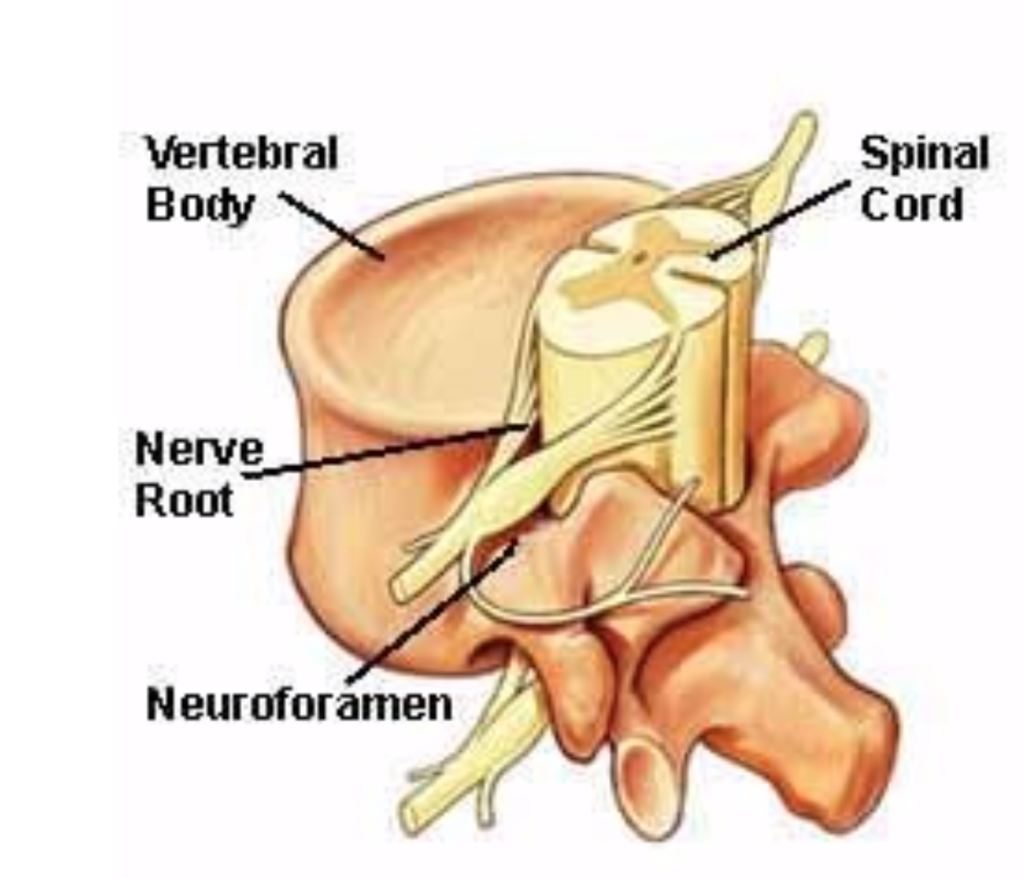 How to prepare
How to prepare
You will have a pre-assessment with your consultant prior to surgery. Your consultant will explain the procedure, the risks and benefits, and answer any questions you might have. As general anaesthetic is used for this procedure you will need to fast for several hours before the operation.
Afterwards
Foraminotomy is usually a routine procedure and you will be encouraged to move around after surgery. You may be pain, if necessary pain relief medications can be prescribed. Most patients stay in hospital for one night following surgery, but some go home on the same day.
When you go home, you must take things easy for a few weeks and gradually return to your usual activities as you feel able to do so. It is advised to wait for two to three months before undertaking strenuous physical exercise such as running or playing golf.
Depending on the type of work you do it is advisable not to return to work for two to three months. If you are not sure then please discuss this with your consultant who may advise you to return to work gradually.
Patients undergoing a cervical foraminotomy may be given a cervical collar to stabilise the neck.
Risks and benefits
Your consultant will only offer this surgery if they think that your condition will be improved by it. If you have nerve or cord compression, your worsening symptoms should be haltered but they are not always cured. However, if you do not have surgery, further compression could cause you more pain and may result in disability.
All surgical procedures carry some degree of risk, although foraminotomy is successful in most people, complications can occasionally happen. These are rare and may include; infection, blood loss, nerve damage, damage to the spinal cord, stroke and complications from anaesthesia.
This article is intended to inform and give insight but not treat, diagnose or replace the advice of a doctor. Always seek medical advice with any questions regarding a medical condition.


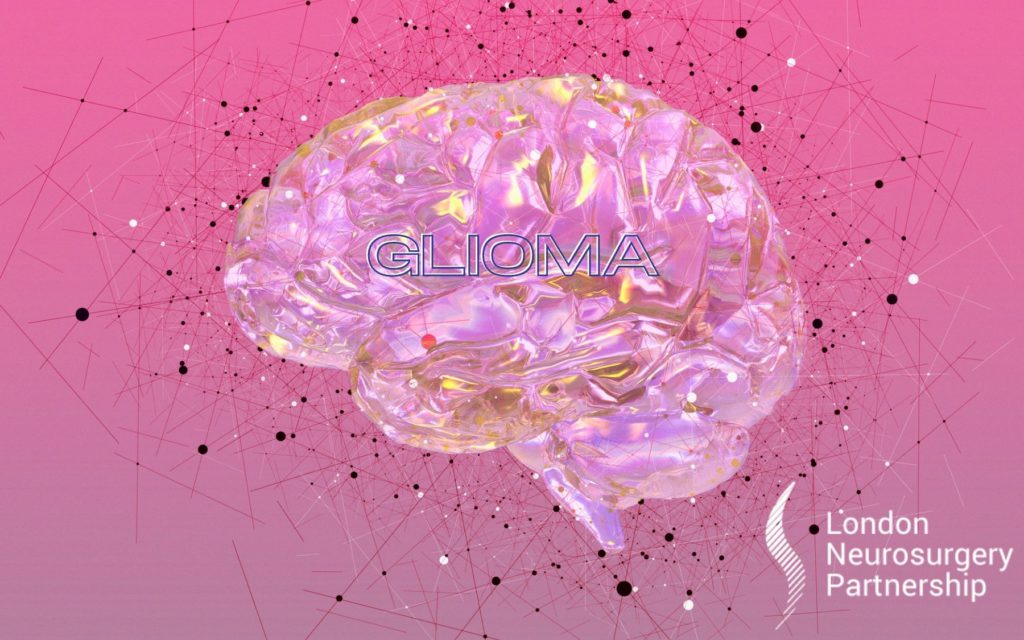
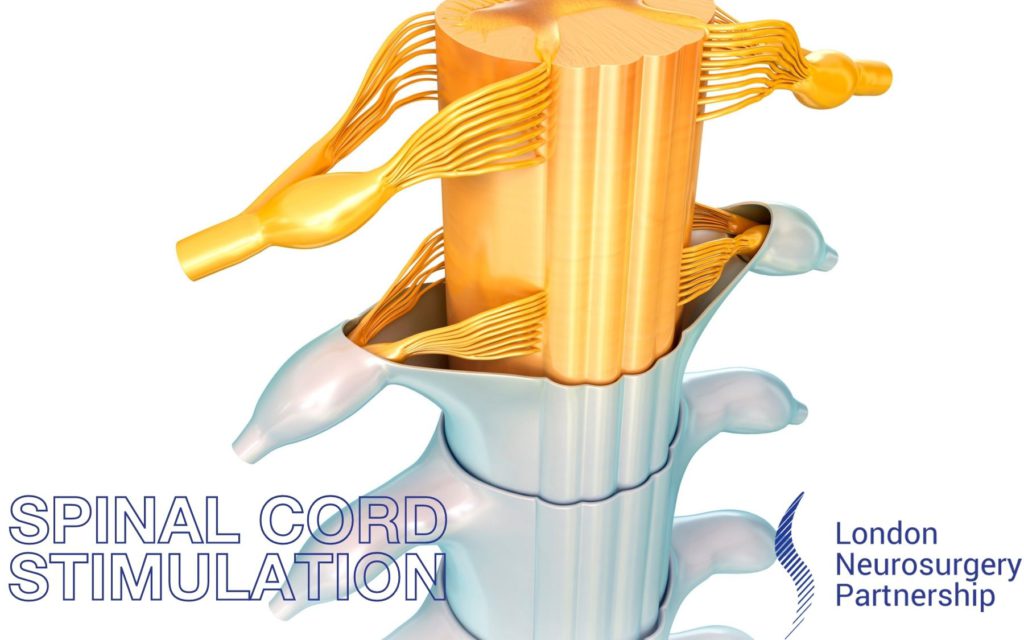
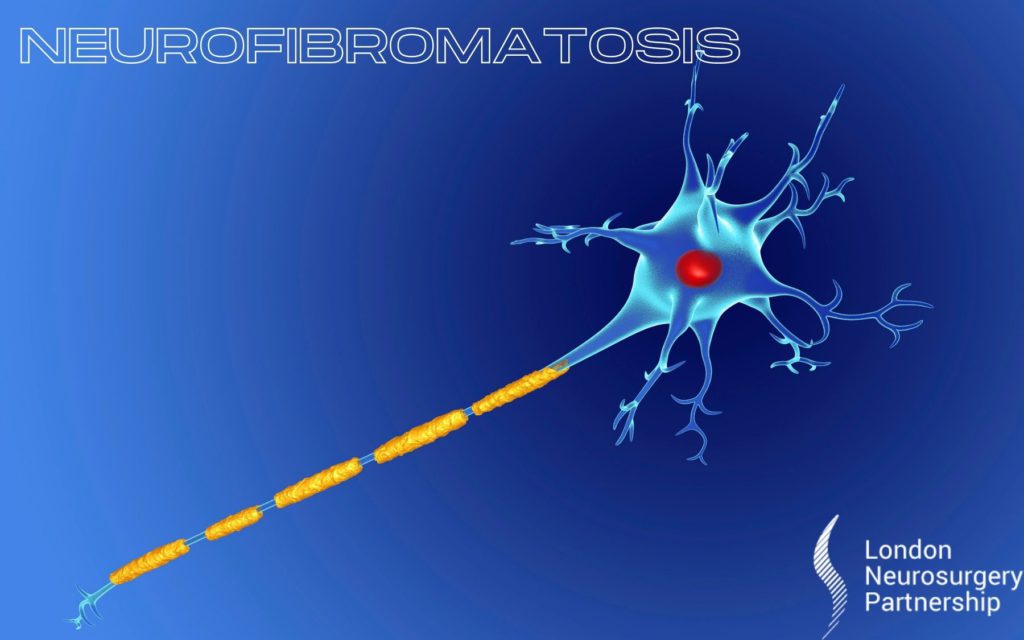
0 Comments